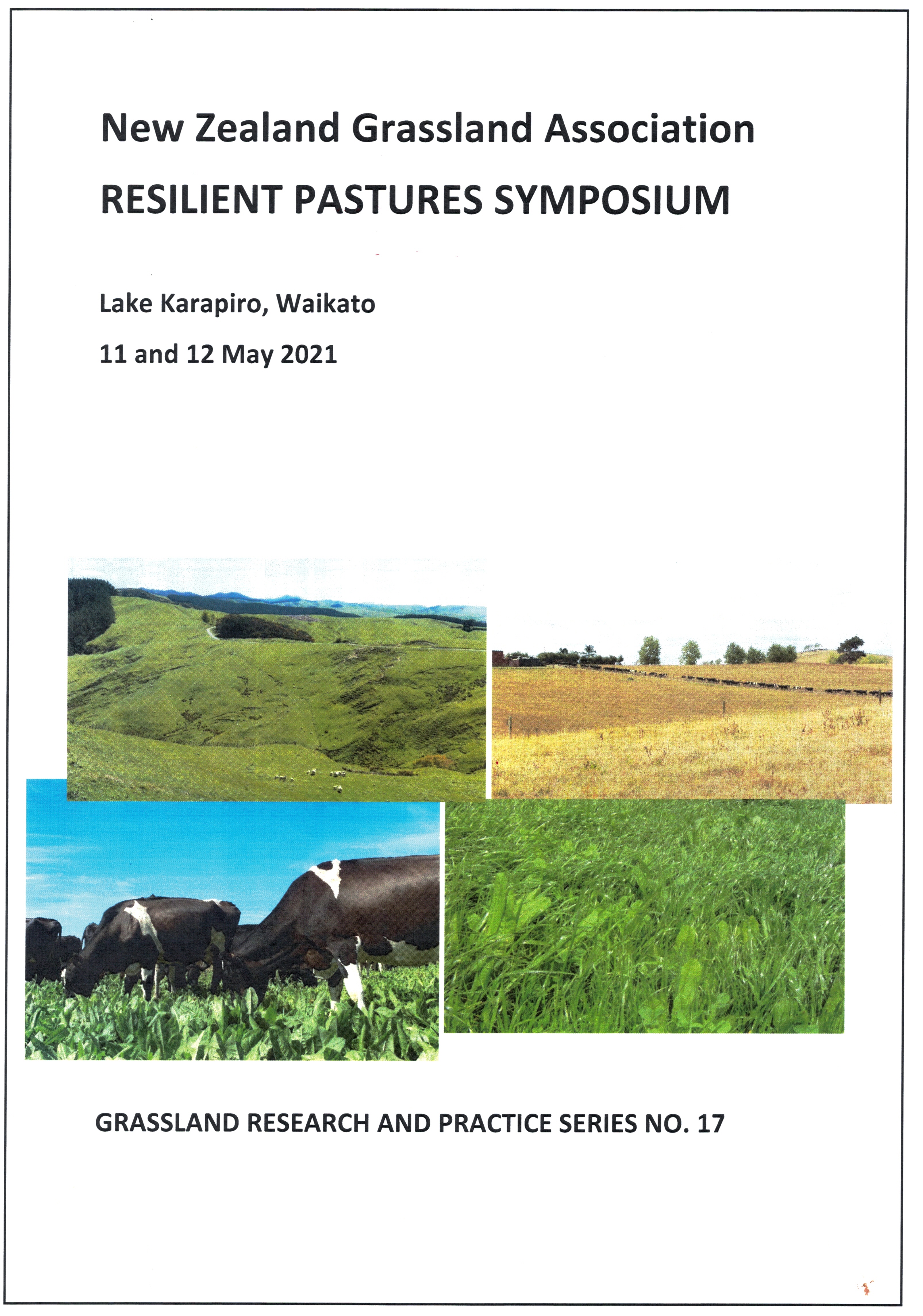Using new insights in grazing management to buffer the impacts of climatic variability on pasture resilience
DOI:
https://doi.org/10.33584/rps.17.2021.3439Keywords:
deferred grazing, grazing intensity, root turnover, seedhead, tillerAbstract
Pasture is the main source of nutrition for the New Zealand ruminant livestock industry. Changing climatic conditions and relentless intensification are putting the ability of pastures to provide that nutrition under pressure. Recent understanding of the interactions between grazing management and the life cycle of roots, leaves and seedheads of pasture species creates further opportunities to increase pasture resilience. Root production is directly related to, though lagging, leaf production and turnover. Tiller production is modified by temperature and seedhead production. Matching grazing patterns to maximise the production of each of these features is generally impossible at the farm scale. However, matching some of these characteristics on some of the farm can be achievable, and have long-lasting benefits for pasture resilience. Therefore, grazing management practices such as deferred grazing in late spring, summer and autumn may be used both to provide a boost to root and tiller production, and to transfer feed from one grazing period to another. Changing our winter management practices away from intensive daily allocations towards 4-day shifting may also increase early spring production, while reducing summer grazing pressure in droughts will aid pasture productivity and persistence in the long term. These techniques have the potential to ensure that the future nutritional needs of grazing ruminants will continue to be met by grazed pasture.
Downloads
Published
How to Cite
Issue
Section
License
Copyright
This work is licensed under a Creative Commons Attribution-Non Commercial-NoDerivatives 4.0 International License. Rights granted to the New Zealand Grassland Association through this agreement are non-exclusive. You are free to publish the work(s) elsewhere and no ownership is assumed by the NZGA when storing or curating an electronic version of the work(s). The author(s) will receive no monetary return from the Association for the use of material contained in the manuscript. If I am one of several co-authors, I hereby confirm that I am authorized by my co-authors to grant this Licence as their agent on their behalf. For the avoidance of doubt, this includes the rights to supply the article in electronic and online forms and systems.


